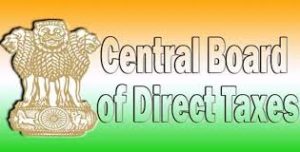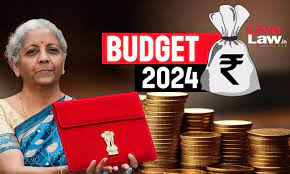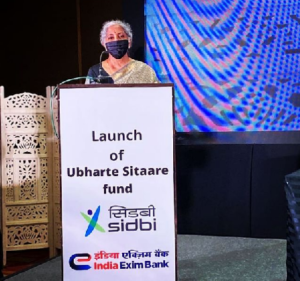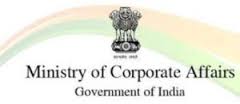
The amendment introduced in the Finance Act, 2023 has significant implications for eligible Trusts and institutions. Let’s delve into the key points:
- Eligible Donations Treatment:
- When an eligible Trust or institution donates to another eligible Trust or institution, the donation is considered an application for charitable or religious purposes.
- However, this treatment applies only to 85% of the donated amount. The remaining 15% is not considered an application.
- For example, if a Trust donates INR 100, it is treated as having applied INR 85 for charitable or religious activities.
- Investment Exemption:
- The 15% portion of the donation that is not considered an application does not need to be invested in specified modes under section 11(5) of the Income-tax Act (ITA).
- This exemption applies because the entire INR 100 donation has been made to another Trust or institution.
- Corpus Donations:
- The amendment emphasizes that donations should not be towards corpus.
- Corpus donations are not eligible for the 85% application treatment.
- Clarity from CBDT:
- The Central Board of Direct Taxes (CBDT) has clarified the computation of exemption for such donations.
- The clarification reiterates the 85% application rule and provides guidance on how to handle eligible donations.
In summary, this amendment encourages donations between eligible Trusts and institutions while ensuring that the funds are primarily used for charitable or religious purposes. It streamlines the treatment of donations and exempts the 15% portion from investment requirements.





